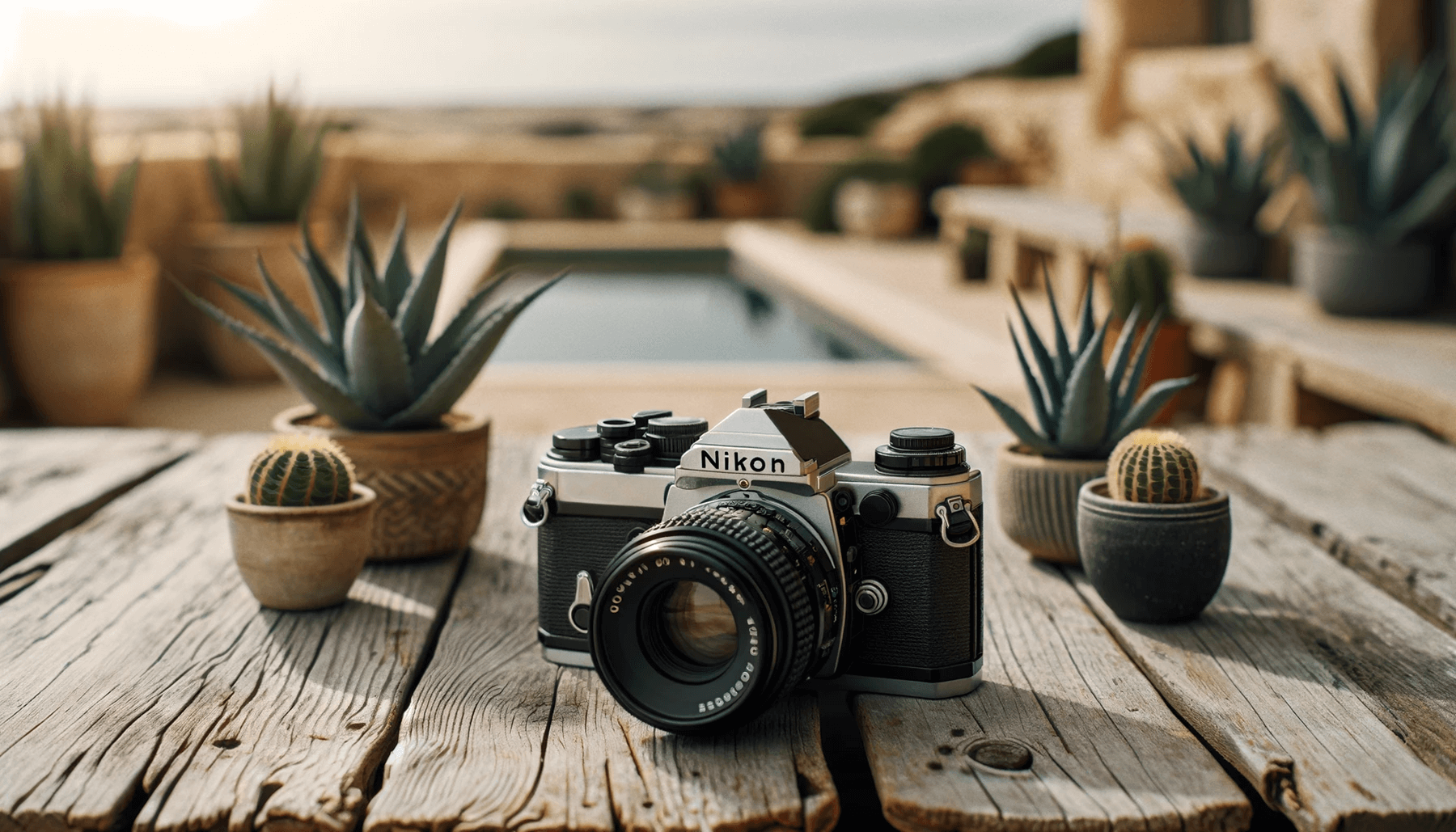Caffenol Recipe: Develop Film at Home Without Chemicals
A Simple Step-by-Step Guide for Mixing Coffee Film Developer
Developing film at home without chemicals can be a rewarding and environmentally friendly process. And if you have been wondering how to develop film at home without using traditional chemical-based methods, the Caffenol process is a great alternative. As well as great personal project as this method of film developing is highly experiential but well worth the unique look your photos will take.
With basic knowledge of film development, you can easily adopt this experimental technique at home. While I assume you are already familiar with the fundamentals of home film development using your own kit, it's worth mentioning that you don't need a dedicated darkroom. However, a changing bag to load your film into the developing tank is essential.
The Caffenol process offers a promising future for environmentally conscious film photographers who wish to reduce their reliance on chemical-heavy processes. While it's not completely chemical-free, it is significantly less toxic to the environment and gentler on your home plumbing system, making it an appealing choice for at-home film development.
To get started with developing film using Caffenol, begin by researching the standard developing time for your specific film stock. This information can usually be found on the film box. Adjust the developing time as needed. If you're looking for a specific Caffenol recipe tailored to your film stock, consider visiting the Caffenol blog, which provides detailed instructions. Additionally, you can explore alternative film developers such as beer, wine, and beet-based solutions on the same blog.
The Caffenol Film Developer Recipe
To develop one roll of black & white film you will need:
5 tsp. of instant coffee (make sure it’s NOT decaf)
3 ½ tsp. of soda ash (aka sodium carbonate or washing soda)
½ tsp. vitamin C powder
Fixer (powdered or liquid; Ilford Fixer)
Dishwasihing liquid soap
Distilled water (not necessary but preferred)
Typical darkroom supplies; tank, timer, beaker, etc.
Developing Film with Coffee Step-by-Step
A few things to consider before diving in:
Caffenol developer is restricted to black & white film and while you could use it to develop color film, know that you will end up with sepia tone negatives.
Vitamin C is not an essential ingredient for this process however, I have found that it decreases developing time as well as produce sharper negatives.
Make sure all the washing soda crystals dissolve before developing. Left over crystals WILL scratch the film as it dries leaving flecks and white streaks.
Double check measurements of each ingredient used. Having too much or too little of any one ingredient can and will greatly impact results.
And while a Caffenol developer is more environmentally friendly compared to standard film developers, it is expensive when you consider the price for the instant coffee you will need per roll.
Mix the Coffee Developer
Mix the vitamin C powder and coffee crystals with six ounces of hot water, tap hot is fine; does not have to be boiling. Stir until completely dissolved. It might smell like fish and coffee, consider yourself warned.
Mix the soda ash in a separate beaker with six ounces of water until completely dissolved. This might take a few minutes and the solution might foam. Just be sure that the crystals are completely dissolved to avoid scratching the film. Any leftover crystals will scratch your film as it dries, leaving flecks and white streaks.
Mix both liquids in a large beaker and let it cool down to 68ºF. The developer doesn’t have to be at a specific temperature once it reaches 68ºF, but keep in mind that the coffee developer must be used within two hours of mixing.
Mix the Fixer and Wash
If you opted for a powdered fixer, follow the instructions to make enough to fill your developing tank.
In another beaker, dissolve a drop of liquid soap filled with enough water to fill your developing tank. Try to do this as early as possible to let the bubbles fizzle out.
Alternatively, you can use Kodak Photo-flo to wash your film.
Developing
Load your film into the developing tank.
Set the timer for fourteen minutes or the time listed in the film box.
Pour the coffee developer mix and start the timer.
Develop as per your personal technique. Otherwise, agitate constantly for the first minute after which, agitate three times per minute.
When developing is complete, pour out the developer and fill the tank with water, agitate six times, pour the water out and repeat this step two additional times. Alternatively, you can run it under the wash for ten-fifteen minutes if you’re in a commercial darkroom; water faucet if you’re at home.
Whichever method you use, make sure the water runs clear before fixing; repeat the wash until it does.
Fix
Set the timer for five minutes and fill the developing tank with fixer.
Agitate three times per minute or per your personal technique.
Final Wash
Pour out the fixer and fill the tank with water and agitate three times, pour the water out and repeat two more times; agitate six times on the second round and twelve times on the third. Alternatively, you can run it under the wash for ten-fifteen minutes if you’re in a commercial darkroom; water faucet if you’re at home.
Fill the tank with the soapy water (from step two or Kodak Photo-flo if you prefer) and agitate slowly twenty-four times and pour it out. Wash it, if need be, until the water runs clear.
Remove reel and dry the film as preferred.
Scan The Film
If you do not want to scan the film yourself, I recommend you send your film to either of these quality film labs for high-res scans: Negative Lab, Color Services, Indie Film Lab, The FIND Lab, The Darkroom.
You can even make prints in the darkroom using this process.
Holga 120N・Arista EDU Ultra 400・Developed with Caffenol・Scanned by Color Services
Developing Film with Coffee: Is It Worth the Trouble?
If you already have a preferred technique for developing your own black & white film, I highly encourage you to explore and refine the Caffenol process as a personal project. However, if you are new to the world of hand developing your own film, I would advise against diving in immediately as it’s a highly experimental method yielding inconsistent results.
Once you have gained more experience and confidence in hand developing your own film however, I highly recommend giving the Caffenol process a try. As one of its advantages being it does not require a strict adherence to precise temperature and developing times, allowing for a more forgiving and flexible approach while adding a unique and creative touch to your portfolio.


























Year round out of the box locations to propose to your fiancé in Los Angeles.